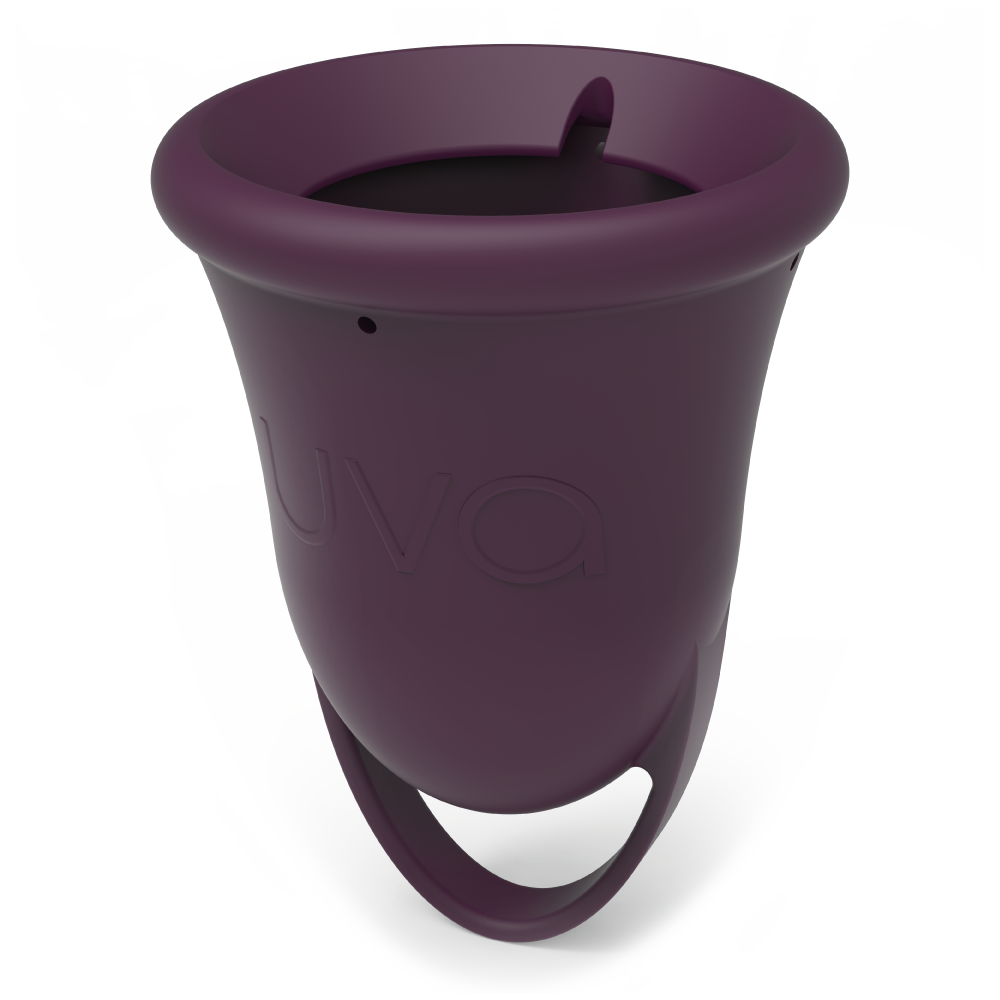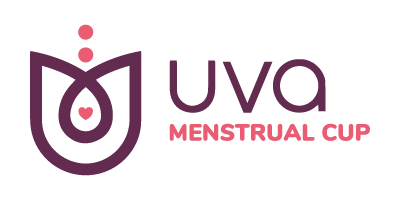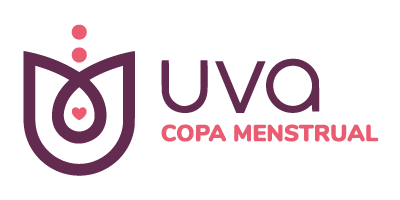 Store
StoreRECOMMENDED PRODUCT
Uva Menstrual Cup
Ultra-soft silicone for your comfort and peace of mind.
$29.99

 How to use the cup
How to use the cup- FAQ
- Blog
 Store
StoreRECOMMENDED PRODUCT
Uva Menstrual Cup
Ultra-soft silicone for your comfort and peace of mind.
$29.99

 How to use the cup
How to use the cup- FAQ
- Blog

Iron Deficiency and Heavy Periods
Menstruation is a natural part of a woman’s life. But when accompanied by anemia, it can become a source of worry and discomfort. Anemia and menstruation are intrinsically related. Monthly blood loss can be a contributing factor to decreased iron levels in the body; which is essential for the production of hemoglobin, a protein that transports oxygen to tissues.
In this article; we will explore in depth how menstruation can affect iron levels; Additionally, how you can manage and prevent anemia.
Anemia is a condition that comes when healthy red blood cells are deficient. Or when they cannot transport enough oxygen to the body’s tissues. This deficiency can be the result of a variety of factors, including a low-iron diet, chronic illness, or blood loss. For menstruating women, one of the common causes of anemia is heavy bleeding, also known as menorrhagia.
Understanding Menorrhagia
Menorrhagia is characterized by menstrual periods that last more than 7 days or by excessively heavy menstrual flow. Not only can this condition be uncomfortable and disruptive, but it can also lead to significant iron loss. Without proper management, heavy periods can lead to iron deficiency anemia, a form of anemia caused by insufficient iron in the body.
To identify menorrhagia and differentiate it from normal periods, it is important to pay attention to certain symptoms. Such as the need to change menstrual protection products every hour for several hours in a row, the need to use two types of protection simultaneously to control menstrual flow, or the presence of large clots during menstruation.
Risk and Diagnosis
Risk factors for developing heavy bleeding include hormonal imbalances, thyroid disorders, uterine polyps, or fibroids, among others. It’s important to consult with a healthcare professional if you experience heavy bleeding, to be able to obtain a proper diagnosis and explore treatment options.
Diagnosis of menorrhagia and iron deficiency anemia usually involves a physical examination, laboratory tests to check hemoglobin and iron levels, and, in some cases, additional procedures such as ultrasounds or biopsies to rule out other medical conditions.
Strategies to Manage Iron Deficiency Associated with Menstruation
Management of menstruation-related anemia involves a multifaceted approach that includes dietary changes, iron supplementation, and, in some cases, medical treatment. A diet rich in iron is essential to prevent and treat anemia. Foods such as red meat, chicken, fish, legumes, green leafy vegetables, and dried fruits should be incorporated into your meals.
Additionally, iron supplementation may be necessary to replenish the body’s stores of this mineral. However, supplementation must be supervised by a health professional, since excess iron can be harmful.
Medical Treatments and Alternatives
As for medical treatments, there are several options, such as hormonal contraceptives, which can help regulate the menstrual cycle and reduce bleeding. Procedures such as; Endometrial ablation or myomectomy may be considered in cases of menorrhagia resistant to other treatments. These options must be evaluated together with a health professional. To determine the best strategy according to the specific needs and conditions of each woman.
It is essential to address anemia and heavy periods proactively to avoid long-term complications, such as chronic fatigue, concentration problems, and, in severe cases, heart failure. Education and awareness about these issues are key to ensuring that women seek help and receive appropriate treatment.
In summary, the relationship between anemia and menstruation is an important aspect of women’s health that deserves attention and care. Understanding the symptoms, risk factors, and available treatment options is essential to effectively managing these conditions. Maintaining an optimal quality of life. By taking a comprehensive approach that includes both lifestyle changes and consultation with health professionals, women can overcome the challenges associated with anemia and heavy bleeding and enjoy a full, healthy life.









